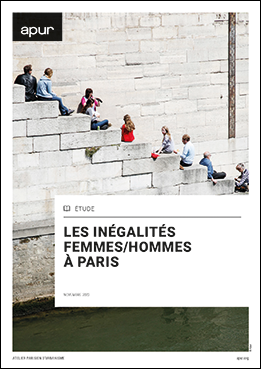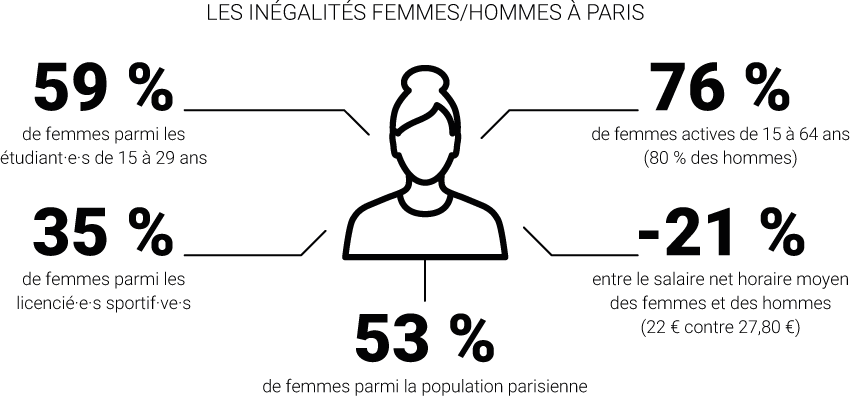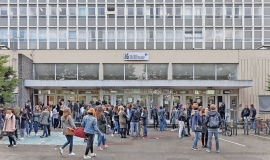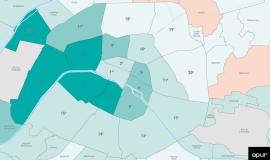Update of gendered demographic, economic and social data in Paris to understand the disparity between women and men and how this is evolving.

In response to the need for demographic, economic and social gendered data in Paris, a study on gender inequalities was included in the Apur 2022 work programme. This work is based on the update of the study “Gender inequalities in Paris” published in October 2017, enriched with data on developments, territorial data by district and comparative data on the scale of the Greater Paris - Grand Paris Metropolis, Ile-de-France and France as a whole.
In order to understand the disparities between woman and man in Paris and how they have evolved, a selection of indicators have been analysed on several themes:
- Population / Demographics / Families
- Youth / Education / Schooling
- Labour force / Unemployment / Professional integration
- Precarity / Poorness / Exclusion
- Health / Vulnerability
- Mobility / Public Space / Sport
- Political representation
Monitoring indicators enables progress and priority issues to be measured. This shows that in spite of changes which tend towards greater equality, gaps between the situation of men and women remain wide. Women are over-represented in the student population in Paris (59% compared to 54% in Metropolitan France). They are slightly less present in the labour market (76% compared to 80%), less likely to hold managerial jobs (44 % compared to 49 %) and more likely to work part-time (18 % compared to 10 %). Although these disparities are less pronounced in Paris than the average in Ile-de-France or France, others are more pronounced : on average Parisian women earn a 21% lower hourly rate than Parisian men (-15% in Metropolitan France).
There is a tendency for certain inequalities to lessen : particularly inequality in terms of the level of higher education qualifications, employment and socio-professional categories. Others remain significant such as pay inequality, part-time work, educational orientation and differences in mobility. Differences between districts are noticeable : more favoured districts have the greatest disparities particularly in terms of pay. Certain gaps have been accentuated by the health crisis and new issues have come to the fore, notably linked to the equilibrium between the work / life balance and the so-called “essential” jobs.






